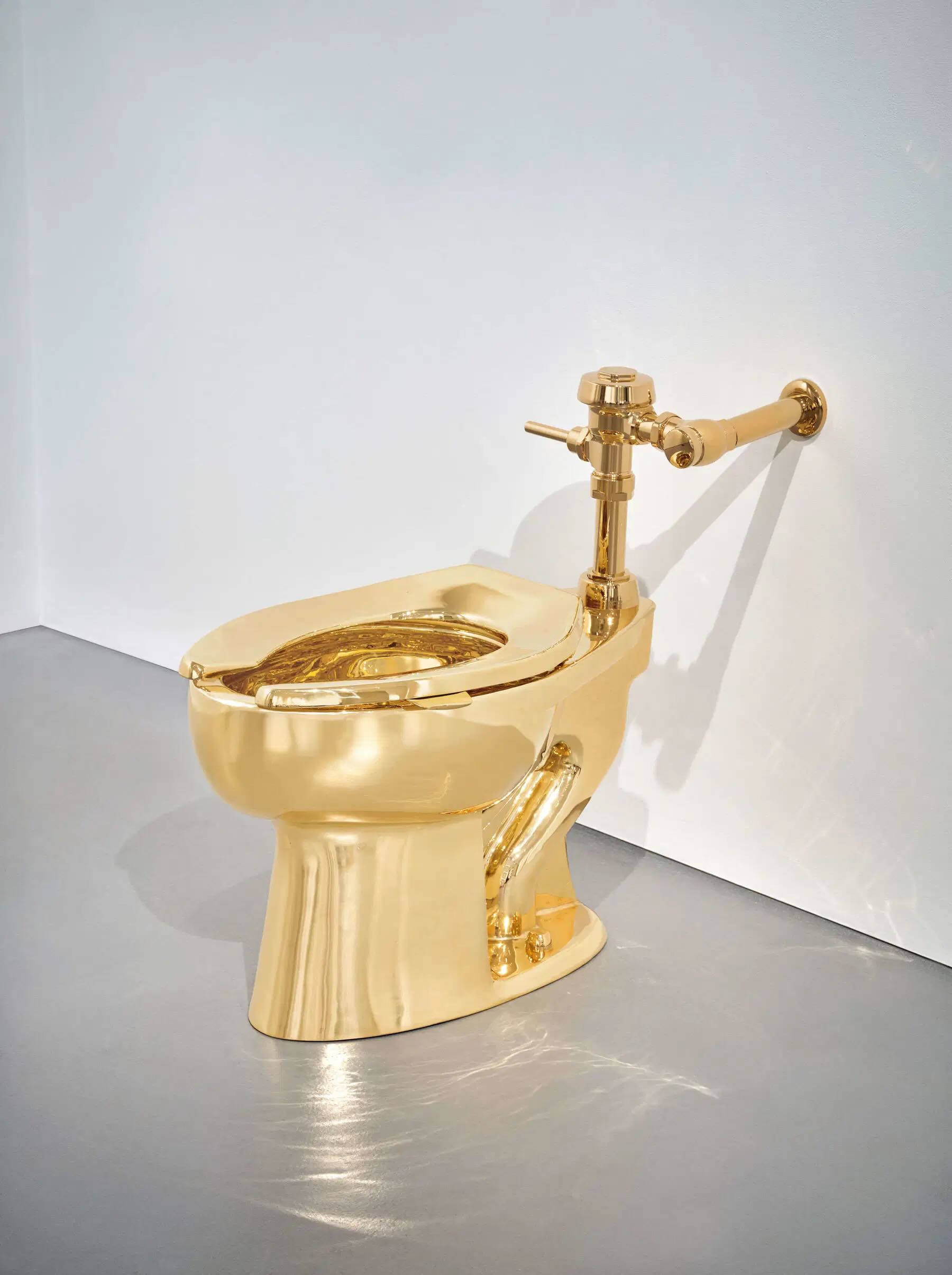Why is the corner cabinet once again becoming so loved in contemporary interiors, especially in its vintage variations? Although this piece of furniture has a rich and ancient history, it manages to integrate into a vast range of interior styles, influencing contemporary designers, who propose it in a revisited key.
Whether it comes in the form of a storage unit, wardrobe, showcase, simple console, bookcase or suspended shelf, this type of furniture was created to adapt perfectly to the corners of the room, a solution to make the most of the available space while taking up a minimal amount of space. A concept that aligns well with the personality of many contemporary homes, where an intelligent use of the available space is becoming increasingly necessary.
In past times, it was even kind of ordinary to place two identical corner cabinets in a room, generally combined with a chests of drawers and armchairs. It can be said that the corner cupboard was completely cleared in the 17th century during the Baroque era, a period in which interior design became more elaborate and sophisticated, and comfort in space was increasingly sought; however, it was during the 18th century in France that the corner cupboard had a wider diffusion, dictated by the desire to create increasingly graceful and welcoming environments according to the taste of the time.
Although designed to be functional, the antique corner cabinet usually exhibits fine woods and elaborate workmanship, inlays and hand-sculpted details: a combination of design and artisanal savoir faire, which makes the antique corner cabinet very eye-catching despite its apparently out of the way positioning.
Precisely because of its multitasking and solving nature, corner furniture has maintained a special place in homes throughout the centuries, reappearing in the repertoire of modern homes from the mid-20th century and coming back into vogue in contemporary ones, naturally undergoing a series of stylistic transformations that reflect the trends of different eras.
Among the most desired by classic vintage collectors, the neoclassical corner cupboards from the late 18th century stand out, characterized by clean lines and sobriety, as well as the inlaid mahogany examples from the Victorian period are appreciated, signed by master cabinetmakers such as George Hepplewhite, which are particularly classic in shape, but rich in details in brass or colored glass.
Shapes become sinuous, accompanied by floral motifs and elaborate inlays, in Art Nouveau style corner units, led by cabinetmaker Louis Majorelle (1859-1926), while examples by Thomas Chippendale (1718-79) or declined in the Chippendale style, interpret the French Rococo by simplifying it and implementing elegant chinoiserie decorations.
Particularly sought after by shabby chic lovers are the vintage corner cabinets made between the 19th and 20th centuries, in pastel tones lacquered wood painted with floral decorations: a touch of romance and rustic charm to the rooms.
Die-hard supporters of the 20th century will be able to play and draw inspiration from the variety of styles and influences that characterized design during this century, from a series of tailored made corner cabinets that Gio Ponti designed for his prestigious private clients, to the iconic 60s scandinavian corner cabinets signed by Carl Malmsten.
Once we choose the vintage corner cabinet that best suits us based on style and material, let's decide on its multiple intended uses: from the purely decorative one — many use corner cabinets to display small works of art, vases, porcelain, collectibles, small personal treasures to be elegantly displayed — to the most functional.
Through upcycling, some corner units can be converted into bar spaces, featuring shelves for glasses, liquor bottles and accessories for cocktails. In general, the concept of corner furniture spans towards the evolutions of its genre: a system of elements as modular shelves or bookcases can be organized in a corner, acting as a solution for storing books and magazines, or even transforming into a versatile smartworking station!
Timeless elegance and craftsmanship, versatility and sustainability make the vintage corner unit an element to consider when reconfiguring the home bringing a piece of design history in our space! Discover the intOndo selection by traveling through different eras and styles!






.png)





